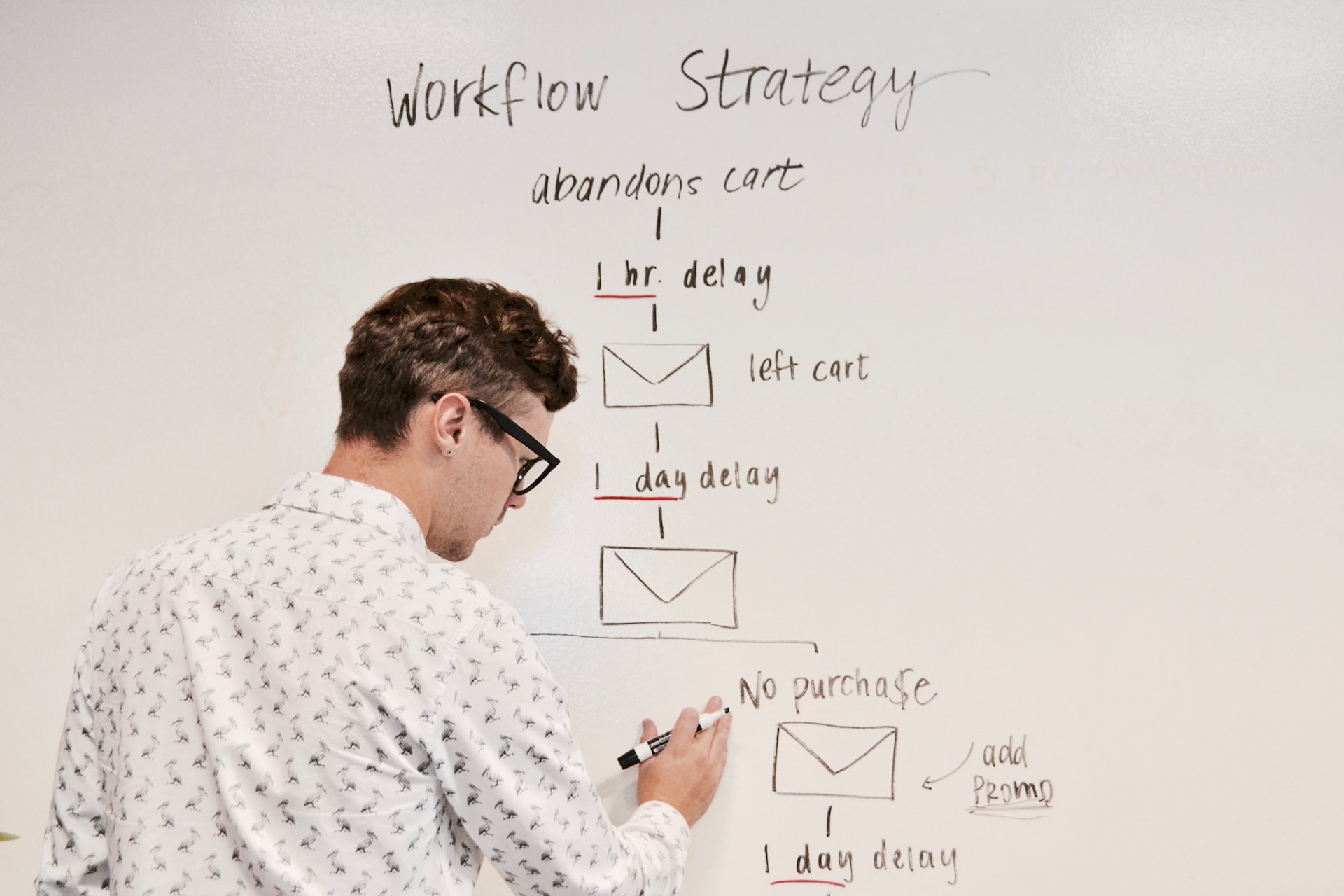What is Churn?

Two Types of Churn: Customer Churn and Revenue Churn
What is customer churn?
What is revenue churn?
The High Cost of Churn for Startups

Identifying the Causes of Churn
- Poor product fit: If customers find that a product or service does not meet their needs or solve their pain points, they are more likely to discontinue their relationship with the company.
- Inadequate customer support: Customers who do not receive timely and effective support may become frustrated and seek alternatives.
- Competitive pressures: The tech industry is highly competitive, with new products and services constantly entering the market. If a competitor offers a more attractive product, price, or customer experience, customers may be tempted to switch.
- Pricing issues: Customers may discontinue their relationship with a company if they perceive the product or service as too expensive or not worth the investment.
How to Predict Churn: Using Data to Stay Ahead
Analyze Customer Behavior
- Decreased usage or engagement with the product or service
- Reduced frequency of logins or visits to the website
- Declining customer support interactions
- Changes in communication patterns, such as less frequent responses to emails or surveys
Use Machine Learning Algorithms
Implement Customer Surveys and Feedback
- How satisfied are you with the product or service?
- What features or aspects of the product or service do you find most valuable?
- Are there any areas where you believe the product or service could be improved?
- How likely are you to recommend the product or service to a friend or colleague?

Strategies to Reduce Churn
- Improving customer onboarding: Providing new customers with a thorough and engaging onboarding experience can help ensure they understand the value of the product or service and know how to use it effectively.
- Offering proactive customer support: Anticipating customer needs and providing proactive support can help address potential issues before they become reasons for churn.
- Enhancing product features and value: Continuously improving the product or service based on customer feedback can help ensure it remains relevant and valuable to customers.
- Creating customer loyalty programs: Rewarding loyal customers with incentives, such as discounts, exclusive features, or early access to new products, can help foster long-term relationships and reduce the likelihood of churn.
Related Courses
Build your Startup Growth Machine
Find your big growth levers and pull them. Adopt the framework we've used to help over 200 seed-stage startups grow 10X - 100X in 3 years.
B2B Sales Strategy for Startup Founders
Discover the secrets to influencing decision-makers and designing a pilot program that gets a YES. (Now in a one-day workshop).
Build a Lean MVP for your startup in under USD 22K using GenAI
Leverage GenAI to fulfil your startup dream by learning to validate your idea, translate idea to MVP & find right partners for your startup
Mini AI MBA for early-stage founders
Launch without guesswork. Validate your idea, reach your first customers, and build a scalable foundation in a 2-day intensive bootcamp
Sell and Scale Confidently
Effectively plan your company's GTM strategy and oversee its execution with confidence and without doubt
B2C Customer Acquisition Marketing Playbook
Build a profitable acquisition strategy that scales — using proven frameworks from a leader who's spent $400M+ in marketing
You might also like

Paul Orlando: Why Now? The Secret Ingredient for Product Success

6 Effective Product Prioritization Frameworks & Techniques

What is a Product Requirements Document (PRD)?

